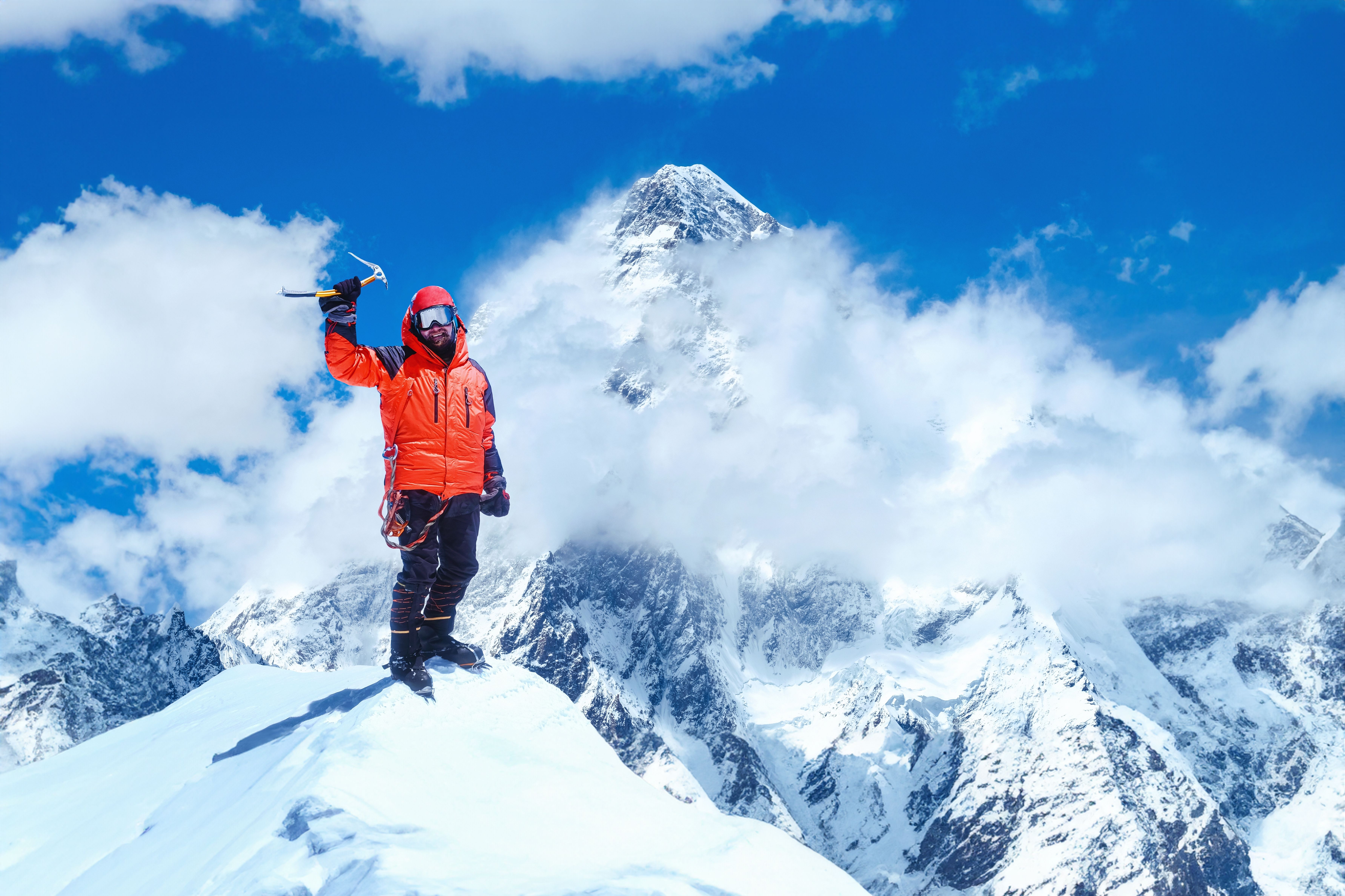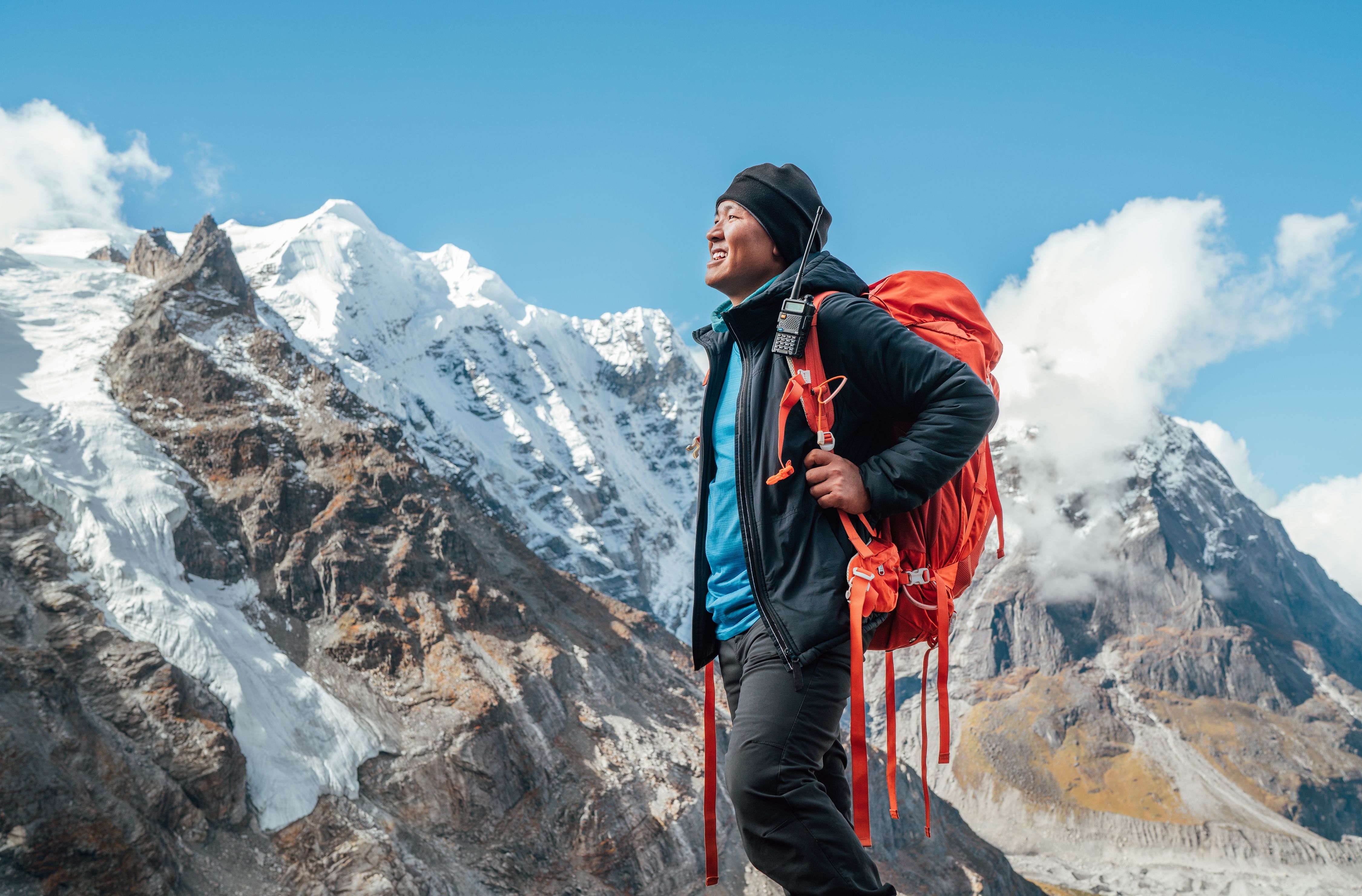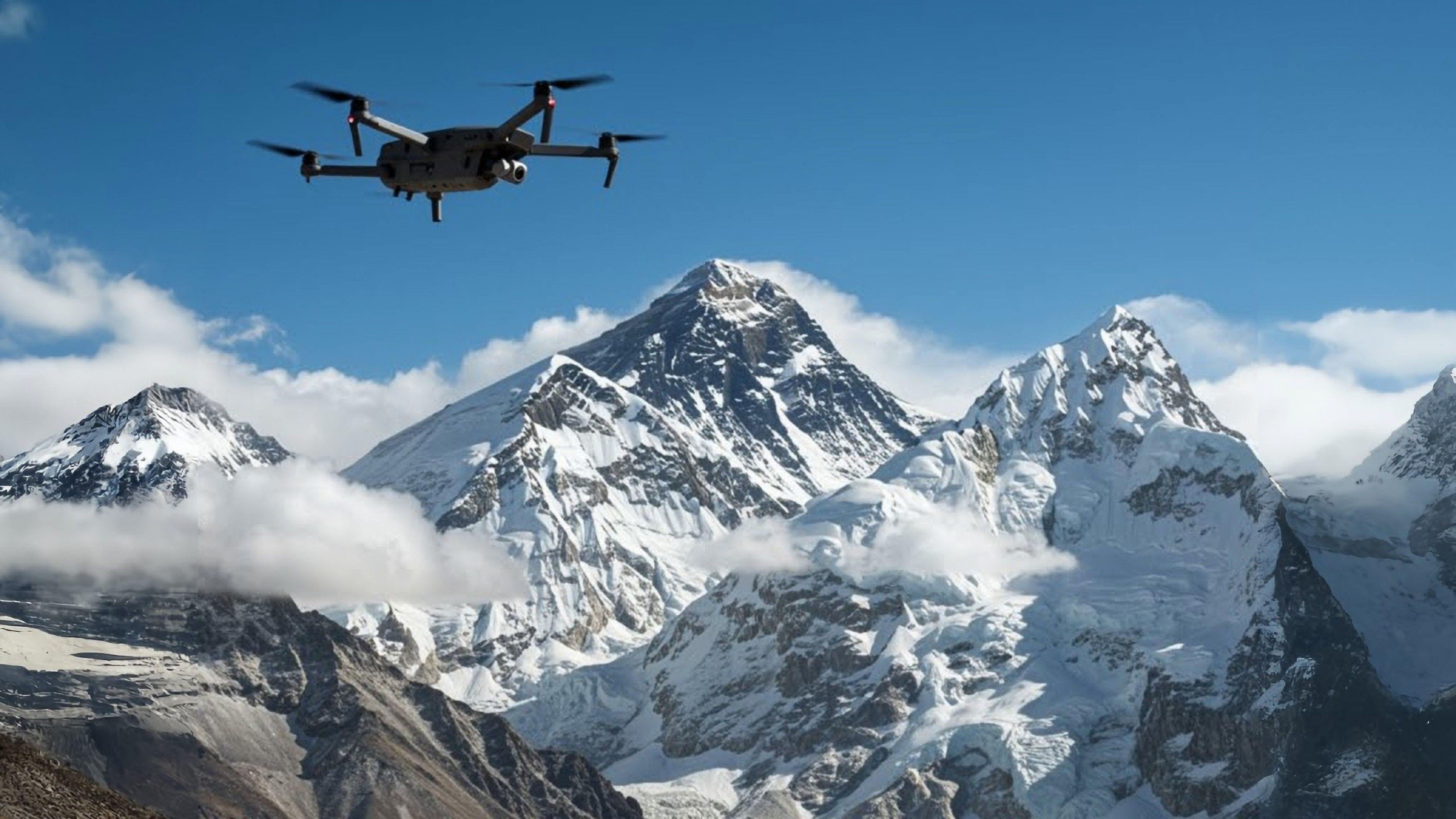What You Need to Know

As Mount Everest’s 2025 Climbing Season treks into its fourth week, the government of Nepal has implemented a host of new safety rules, restrictions, and bans for those planning on scaling the 29,032-foot (8,849-meter) Himalayan mountain, that has some Sherpas doubting their effectiveness, and concerned they will ‘discourage serious climbers.’
Nepal’s Department of Tourism is eager to make Mount Everest safer for everyone to climb, particularly after a record number of deaths were recorded in 2023, 17 in total, of which 11 could have been prevented.
To do so, climbers will need to comply with mandates from the Nepalese government or risk being banned from the mountain altogether, and risk heavy fines. Here’s what you need to know if you’re planning a climbing expedition to Mount Everest this season.

Related
Tighter Safety Guidelines and Definitive Bans For the 2025 Climbing Season
On April 18th, the government of Nepal registered an “Integrated Tourism Bill” in Nepal’s upper house of Parliament, mandating that any climber wishing to hike Mount Everest must show valid proof that they have experience previously scaling a 22,965-foot (7,000-meter) mountain, or they will be prohibited from climbing the world’s tallest mountain peak.
“We have made guides mandatory to ensure climbers’ safety, particularly [for climbers for peaks above 8,000 meters],” Narayan Prasad Regmi, director general of the Department of Tourism, the government agency responsible for issuing climbing permits, told Kathmandu Post.
In addition, the new bill also includes bans on solo expeditions, mandating that solo climbers will no longer be permitted to climb
Mount Everest
alone, and that one guide be assigned for every two climbers on peaks taller than 26,000 feet (8,000 meters), which includes Mount Everest, Annapurna, and K2, the second-tallest mountain in the world.
Far too many solo mountaineers have died attempting the spiritual journey to Everest’s peak without the aid of guides or Sherpas directing them away from dangers, aiding them as they scale over ice glaciers and dangerous crevasses, or having someone by their side should they encounter health problems as the air grows increasingly thin, particularly in the ‘danger zone,’ which has had the most recorded deaths occur to date.
Mandatory health checks with proof in the form of a health certificate issued no more than one month in advance of the climb are also required for this season.
All climbers are also mandated to carry advanced satellite tracking devices during their ascent, so teams on the ground can track their movements in real time, and will also be able to monitor their vital signs, such as the climber’s heart rate, blood oxygen levels, and body temperature, transmitting the critical data to Base Camp and rescue teams through satellite signals, alerting those on the ground of emergencies involving climbers.
Costs for permit fees to climb Mount Everest in 2025 are set to increase by 36% on September 1, 2025, from $11,000 per person to $15,000. The price increase is to balance Nepal’s tourism revenue with environmental preservation.

Related
Life-Saving Drones Soon to Become “Part of the Evolution of Climbing” Game-Changer for Mount Everest Climbers
Drones Are Currently Cleaning and Repairing Trails Along Mount Everest, But Will Soon Be Used For Much More
New Bill Mandates Additional Rules, Restrictions, and Costs Before Climbers Can Tackle Mount Everest
The new bill also mandates that all guides, including Sherpas, must be Nepali. No longer will inexperienced guides be permitted to escort climbers up
Mount Everest
. The reasoning for this is that Nepali Sherpas are physically and mentally prepared and experienced mountaineers who know Everest more than anyone else. Guides outside of Nepal do not, and that inexperience could and has risked a climber’s life.
Dead body management insurance will also be required by climbers and Sherpas due to the enormity of deaths that have occurred on the mountain and the expense of removing the deceased, which can cost anywhere between $20,000 and $200,000. Climbers and Sherpas are also required to carry policies for accidents, health, and search and rescue; all policies mandated must cover at least three months’ insurance per individual.
Environmental concerns are also a huge part of the new mandated rules and regulations. Mount Everest is quite literally known as “the world’s highest garbage dump.” It’s also been branded as being far too overcrowded, with pictures of past seasons showing queue lines of mountaineers by the dozens waiting to reach its peak. Both the mountain and Base Camp no longer resemble a spiritual place to observe and ascend Everest; they instead resemble an overcrowded parking lot filled with people, tents, equipment, and debris everywhere.
According to the Nepalese government, “A $4,000 refundable garbage deposit with a non-refundable garbage fee will be collected at the time of permit issuance. This fee will be pooled into a fund for climber welfare and environmental conservation.”
In order to get that deposit back, climbers are required to bring their ‘human waste bags’ back to Base Camp after their climb, in addition to bringing back a minimum of 18 pounds of waste to reclaim their deposit. Should climbers not comply with these rules, they risk being banned from Everest and will be fined heavily.
From expensive and luxury glamping equipment, such as see-through dome tents with all the luxuries of home, to full-service dining and entertainment areas, the new laws prohibit them for the 2025 climbing season and future seasons, reverting to the simpler days at Base Camp and Mount Everest, when limited people were allowed in both areas, and regulatory tents were permitted.
“Heli-jumping” is also prohibited as of this season. Wealthy climbers with the means to hire helicopter tour companies to transport them as close to the peak as possible, so they don’t have to climb the treacherous mountainside, are officially banned due to congestion, and the noise and pollution impact they have on the environment. Only medical and vital equipment, helicopters, and government-approved, high-altitude drones carrying emergency supplies to climbers and Sherpas, and used to geolocate climbers at risk, will be permitted in the area.
While some Sherpas and climbers may think that the new safety rules and bans are a bit much, considering how expensive the climbing permit fee is and its looming increase in September, some feel that the Nepal government’s decision to mandate the new rules and regulations is an important step towards preserving Mount Everest, and ensuring the safety of all climbers whose life-long passion is to scale to the top of the world.
link







